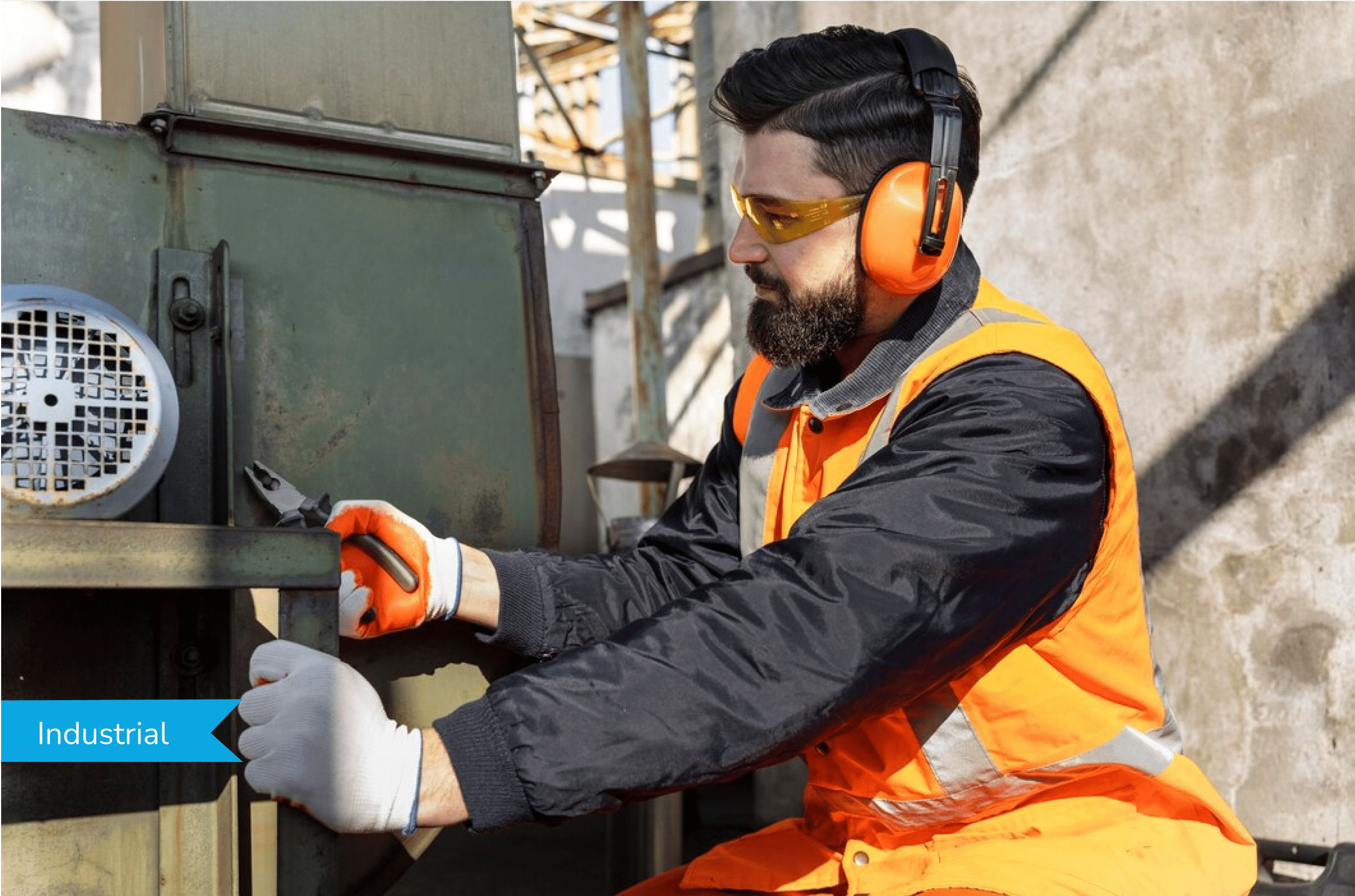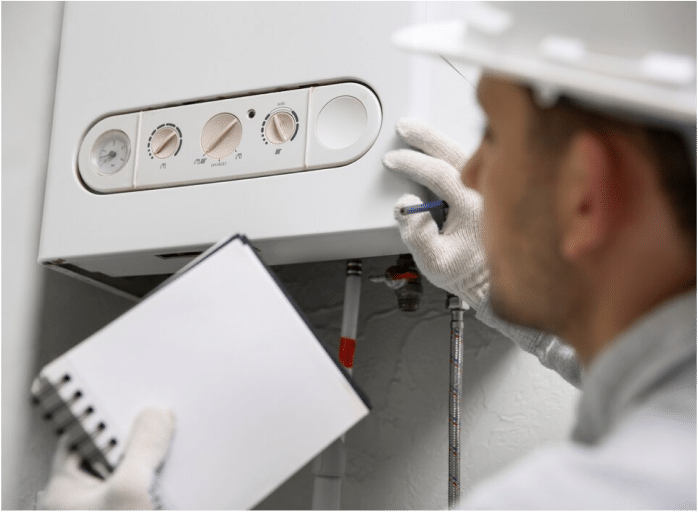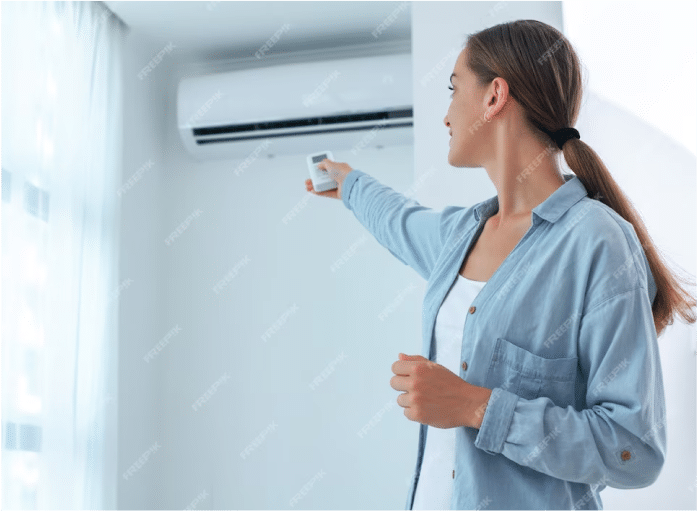Your home’s HVAC (Heating, Ventilation, and Air Conditioning) system is a vital component that ensures your indoor environment remains comfortable and healthy. While HVAC systems are commonplace in homes, many homeowners might not fully grasp the basics of how these systems work. In this blog post, we’ll break down the fundamental concepts of HVAC, empowering homeowners to better understand their systems and make informed decisions about maintenance and upgrades.
1. The Components of HVAC:
- Heating:
- Furnaces and heat pumps are common heating components in HVAC systems. Furnaces generate heat by burning fuel (natural gas, oil, or propane), while heat pumps extract heat from the air or ground to warm the home.
- Ventilation:
- Ventilation involves the exchange of indoor and outdoor air to maintain air quality. This is achieved through the use of ductwork, fans, and air vents. Proper ventilation prevents the buildup of pollutants and ensures a continuous flow of fresh air.
- Air Conditioning:
- Air conditioners and heat pumps provide cooling by removing heat from indoor air and transferring it outside. Air conditioners use refrigerants to cool the air, while heat pumps can reverse the process to provide both heating and cooling.
2. Thermostats and Temperature Control:
- The thermostat serves as the control center for your HVAC system. It allows you to set and regulate the temperature in your home. Modern thermostats often come with programmable features, enabling you to schedule temperature adjustments based on your daily routines.
3. Ductwork:
- Ductwork is the network of pipes or channels that distribute heated or cooled air throughout your home. Regular inspection and maintenance of ducts are essential to ensure optimal airflow and energy efficiency.
4. Energy Efficiency Ratings:
- HVAC systems come with energy efficiency ratings that homeowners should be aware of. SEER (Seasonal Energy Efficiency Ratio) is used for air conditioners, while AFUE (Annual Fuel Utilization Efficiency) is used for furnaces. Higher ratings indicate better energy efficiency.
5. Regular Maintenance:
- Routine maintenance is crucial for the longevity and efficiency of your HVAC system. Tasks include cleaning or replacing air filters, inspecting ductwork, and scheduling professional inspections to identify and address potential issues before they become major problems.
6. Indoor Air Quality:
- HVAC systems play a crucial role in maintaining indoor air quality. Filters remove airborne particles, and proper ventilation prevents the buildup of pollutants. Homeowners can enhance indoor air quality by choosing high-quality filters and ensuring regular system maintenance.
7. Upgrades and Technology:
- As technology advances, HVAC systems become more energy-efficient and offer enhanced features. Homeowners should consider upgrading to newer models, such as smart thermostats, to benefit from improved comfort, energy savings, and better control over their indoor environment.
Conclusion:
Understanding the basics of HVAC empowers homeowners to take a proactive role in the maintenance and optimization of their systems. Regular attention to components like thermostats, ductwork, and air filters, coupled with awareness of energy efficiency ratings, contributes to a more efficient, comfortable, and healthy home environment. By demystifying the fundamentals of HVAC, homeowners can make informed decisions to ensure their systems operate effectively for years to come.





